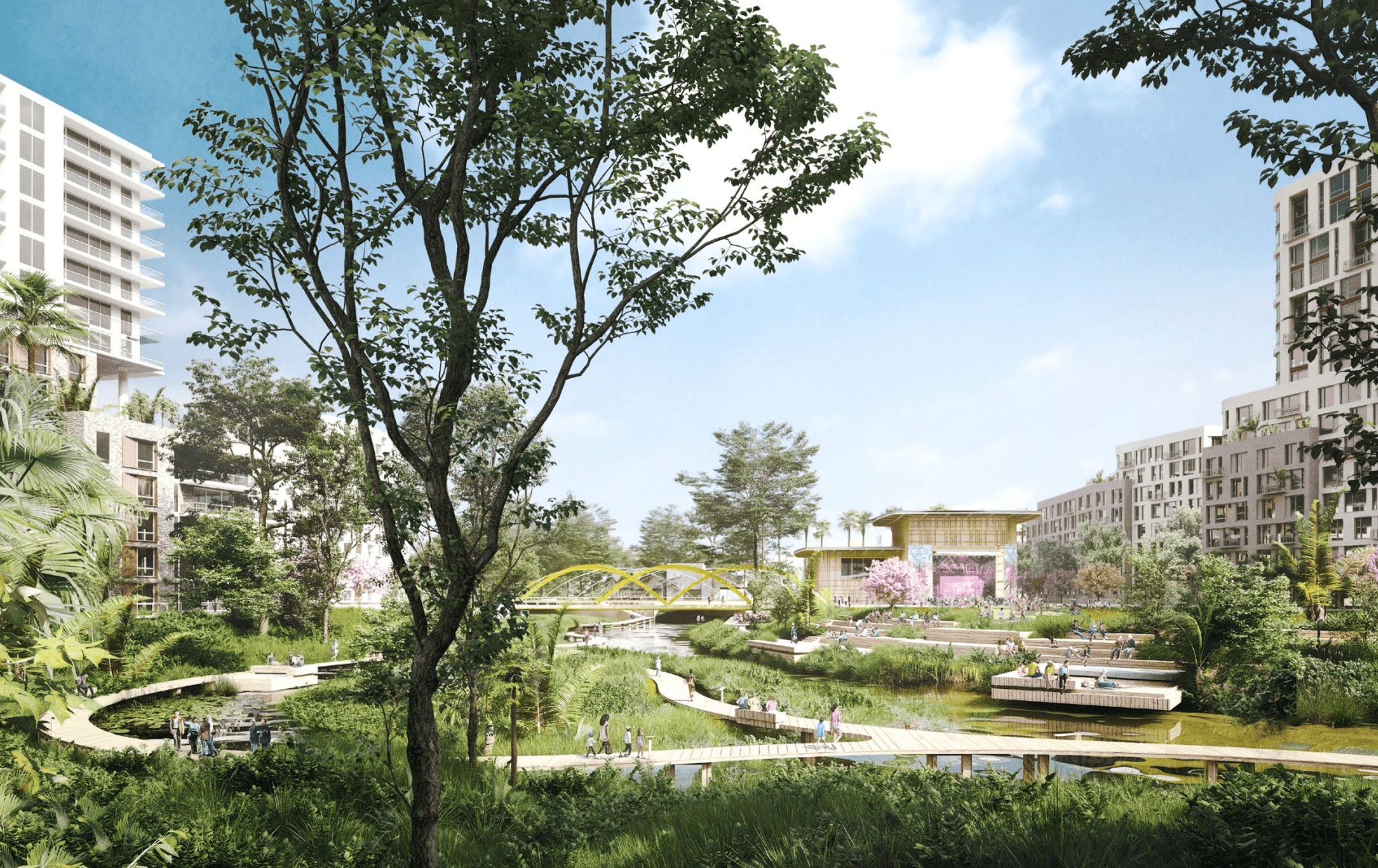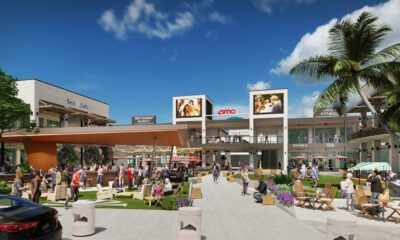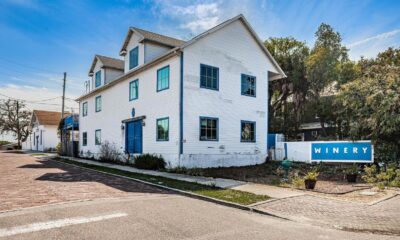Thrive
Trop Talk, part five: Parks and green space

Editor’s note: In this multi-part series, the Catalyst will compare and contrast each of the seven proposals for the Tropicana Field site according to five major redevelopment needs that each plan was asked to meet: commercial and office space, housing, I-175 and transportation, parks and green space and hotel and convention center space.
In this final installment of Trop Talk, we’ll take a look at how parks and green space will be incorporated into the redevelopment of the Tropicana Field property. In its request for proposals for the site, the City of St. Petersburg cited “significant contiguous park and public gathering space” as one of the criteria it would look for in developers’ plans.
As it currently exists, the Trop site is composed of a baseball stadium and parking lot that’s vastly underutilized, even on game days because of the Tampa Bay Rays’ well-documented struggle to draw fans to the ballpark. Parks and green space would help activate the site and make downtown St. Petersburg even more of an ideal live-work-play environment.
Unicorp National Developments’ proposal would bring so much green space to the site that it has “park” in the name — “Petersburg Park,” to be exact. It would have five distinct parks and public gathering spaces: South Booker Creek Park, Central Park, The Basin, North Booker Creek Park and Sunburst Plaza. Sculptures, gardens, canopy shade trees and even a putting green are some of the features that would be included, but the highlight of Petersburg Park would be a sprawling greenway park that would require the removal of a portion of Interstate 175. This amenity would stretch eastward into Roser Park and the city’s Innovation District, and it would include “walking jogging trails, bike lanes, volleyball and basketball courts and other active play area environments,” the proposal reads.
Wendover Housing Partners’ proposal envisions a new Rays stadium built in the northeast corner of the site, but if that doesn’t happen, a large urban park and two multifamily housing developments would take its place. Amenities could include a small amphitheater, playgrounds, splash pad and art installations. Also, according to Wendover’s plan, the area where Booker Creek crosses First Avenue South would also be dedicated to a public park whose footprint would extend southward to Fourth Avenue South, following the route of the expanded creek.
The proposal submitted by Portman Holdings and Third Lake Partners would turn a large portion of the site’s southern edge into a park, and like the other plans, it would revitalize and expand Booker Creek, making the waterway a “natural sanctuary in the middle of St. Petersburg’s urban core,” the document reads. Jogging and biking trails would be installed along the creek, providing an easy connection to the Pinellas Trail. Also, and much like some of the other plans, Portman and Third Lake propose an open area of green space where Booker Creek crosses First Avenue South. Such an amenity could be used as a community lawn and performance space, their plan states.
“Creekside,” the proposal submitted by Midtown Developments, uses terms such as “the city as a park” to describe the transformation of the Trop site. “Public spaces will be integrated throughout the neighborhoods with generous amounts of green space,” Midtown states. Jogging and bike paths would be plentiful, and workout stations would be installed to encourage people to exercise. Several pocket parks interspersed throughout the property would provide opportunities for small groups to do yoga and other fitness activities together. And much like Unicorp, Midtown envisions a large central park that serves as a tranquil transition space between the eastern and western neighborhoods. Under Midtown’s plan, the southern part of Booker Creek would be significantly widened to accommodate stormwater overflow but would also have a series of small islands.
Much like Unicorp, Storage Rentals of America and Holabird & Root favor the removal of I-175. In its place, the developers would erect a series of mixed-use residential and commercial buildings, a technical or higher education campus, a series of canals and a large native landscape park. The latter feature would encompass the southern end of a re-naturalized Booker Creek. To the east of the park would be a hotel and additional mixed-use residential and commercial structures. Assuming a new ballpark is built, SROA and Holabird & Root say the Trop site would feature 850,000 square feet of park and green space. With no ballpark, that figure would increase to 1.02 million square feet. The removal of I-175 would add an additional 508,100 square feet of park and green space to the property. Under both the ballpark and non-ballpark plans, the center of the site would be occupied by a large cultural pavilion surrounded on all sides by green space.
Sugar Hill Community Partners and JMA Ventures, meanwhile, would make Booker Creek Park the centerpiece of the Trop site. The park would span the property’s entire north-south axis and make use of land underneath I-175. The creek bank itself would be lowered at one point to make a small urban beach and wading area. Land at the northern part of the site, near the Pinellas Trail and First Avenue South, would be dedicated to fruit tree orchards. Wetlands filled with native vegetation would also be created in hopes of providing habitat for birds.
The Sugar Hill/JMA plan would create a land bridge across I-175 to link Booker Creek with Campbell Park. Their non-ballpark plan calls for a large convention center complex to be built in the southwest corner of the site, and the roof of this building would be outfitted with a community garden. West of the convention center complex, underneath the I-275/I-175 junction, would be green space that could be used as a pop-up art park, according to the proposal.
Lastly, TRS Development Services’ proposal does not go into many specifics regarding park and green space, but its non-ballpark plan would provide a large central park with what appears to be a bandshell or amphitheater at the park’s west end. The park would take up much of the middle part of the site, west of Booker Creek. TRS’s vision for the property also includes multiple “greenways” running along the creek and the Pinellas Trail. As well, many of the buildings in the development would have “green” roofs that can provide rest and relaxation areas for residents and office workers.
Visit the City of St. Petersburg’s website to view all of the proposals and submit comments about them.








Jordan Lorenzo
February 6, 2021at7:20 pm
The park is nice and all but how come no one is talking about Portman Holding’s owner? Ronald Wanek…the CEO of Ashley Furniture, who publicly and proudly put millions towards Trump’s reelection efforts.
Portman just recently won the bid for the St. Pete municipal services center. Sure hope they don’t get this!!!!!
Just google Ashley Furniture + Trump.